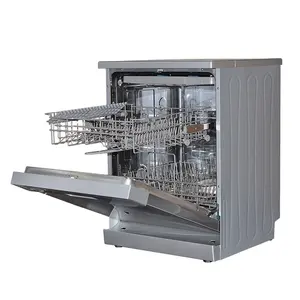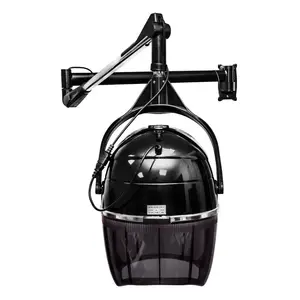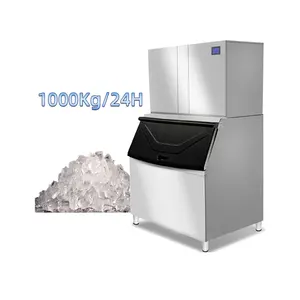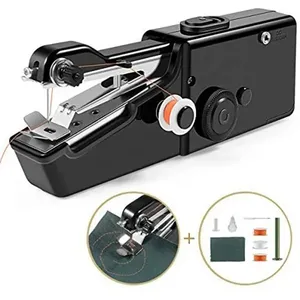Popular in your industry













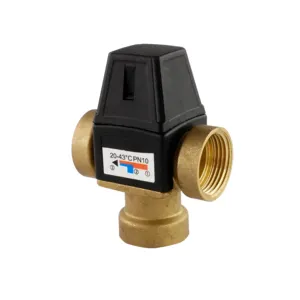


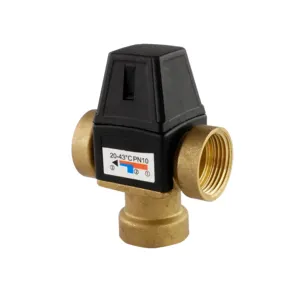


























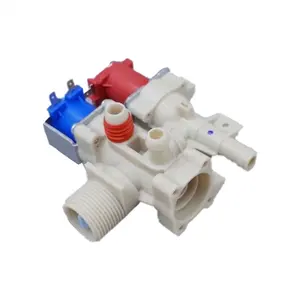























Related Searches:






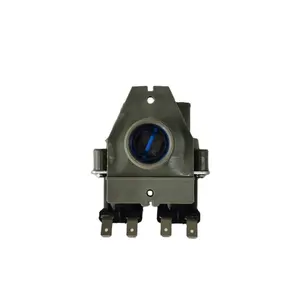






















































































Top categories
About water inlet valve for toshiba
Appliances, no matter how durable, will break down at some point. The Toshiba water inlet valve might be the next one to go. This valve is responsible for regulating water flow, ensuring that the right amount of water enters the washing machine. When the valve is defective, the washing machine might not fill with water, or it might overflow. Replacing the Toshiba washing machine water inlet valve is a simple process that can be done by following the appliance manual.
How to replace a Toshiba water inlet valve?
First and foremost, the washing machine must be unplugged to prevent electric shocks. Once the water supply hoses have been disconnected, the top panel and rear panel must be removed to access the valve. After identifying the valve, the wires must be disconnected, and the mounting screw must be removed. Before installing the new Toshiba washing machine inlet valve, the water inlet and outlet hoses must be disconnected and the valve inspected to ensure no debris is clogging the inlet screens. Finally, the new Toshiba inlet valve can be installed by following the steps in reverse order to remove the old valve.
When to replace a Toshiba washing machine water inlet valve?
One of the most common signs of a defective valve is when the washing machine doesn't fill with water or fills slowly. This might indicate that the valve is not opening properly to allow water flow. In contrast, if the washing machine overflows, this could mean that the valve is not closing properly, resulting in an excess of water. Water leaks around the valve area can also be a sign of a faulty water inlet valve for Toshiba. Lastly, if the valve is making unusual sounds, it might be time to replace it.
How to test a Toshiba washing machine water inlet valve?
Testing the Toshiba water inlet valve is important to identify whether the valve is the issue. To do this, the water supply must be disconnected, and the wires that connect to the valve must be disconnected as well. Using a multimeter, the continuity should be tested by connecting the probes to the terminals. If the multimeter displays an infinite reading, the valve is not functioning properly and requires replacement. If the reading is zero or close to zero, then the valve is working as intended. Once the test has been completed, the water supply and the wires can be reconnected.


